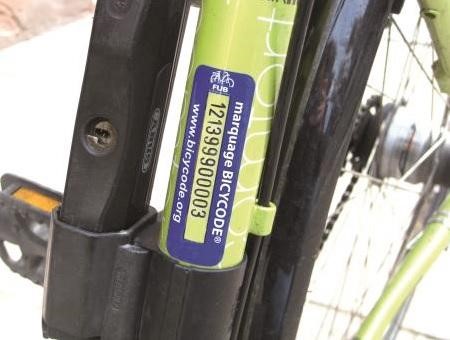How to Avoid Buying a Stolen Bike on a Classified Ad Site?
A huge number of bicycles are stolen every day. Between 400,000 and 500,000 bikes are stolen every year in France. Few of them are intended for use by thieves, who prefer to put them up for sale on private classified ad sites such as Leboncoin or Facebook to make easy money. Victims spy on the ad sites to find their bikes, but as for potential buyers, few know what they are actually buying.
The risks of buying a stolen bike
When a private individual buys a bike without asking for invoices or supporting documents, he or she may be considered to be a fence, i.e. "a person who conceals, keeps and conceals from justice stolen things or a criminal". Fencing is punishable by law, and can result in heavy sentences of up to five years' imprisonment and a fine of €375,000. That's an expensive bicycle! Even if these penalties do not apply to an ordinary bicycle, the buyer may still be held liable.
Take the time to analyse the situation
To take maximum precautions and avoid buying a stolen bike, it's important to pay particular attention to a few points:
The price
If the price of the bike is much lower than its real value, there's something fishy going on. Make sure you have the exact model number before you start any transaction and find out the new or second-hand price of the bike.
The invoice
Make sure the seller has the invoice. Before any meeting, ask them to send you a photo. The information given (model, date of purchase, price, name on the invoice, etc.) must match what the seller has told you.
The deed of sale
It is strongly recommended that you draw up a bill of sale for a bike between private individuals. Ask the seller if they have this document if the bike is already second-hand.
The seller's other sales
If the latter offers a large number of bikes for sale even though it's a private individual, beware - it's suspicious, and it could be a case of reselling stolen bikes.
Bicycode marking
If the bike you want to buy is marked, ask for the identifier and visit www.bicycode.org to make sure it hasn't been reported stolen.

The transaction must be traceable and delivered by hand
As far as possible, avoid remote transactions for bicycles, and prefer hand delivery. Use the Obvy payment method to ensure traceability of the transaction, and don't hesitate to ask the seller to verify their identity directly on the Obvy application. This will ensure that you have proof of purchase and can return the bike if it turns out to have been stolen.
Once the transaction is complete :
Ask for a deed of sale to be drawn up
This document will provide you with additional proof if you need it. You can easily find model deeds of sale on the internet.
Mark your bike
If you haven't already done so, mark your bike to make sure you can report it in the event of an incident. For more information, go to www.bicycode.org and follow the steps.
What should you do if you realise after the transaction that the bike has been stolen?
It's very simple: you need to contact the gendarmerie and give them the various documents provided by the seller, and if necessary the information from your Obvy transaction to prove your good faith. Anticipation is the best defence, so don't take any risks. Enjoy the ride!
